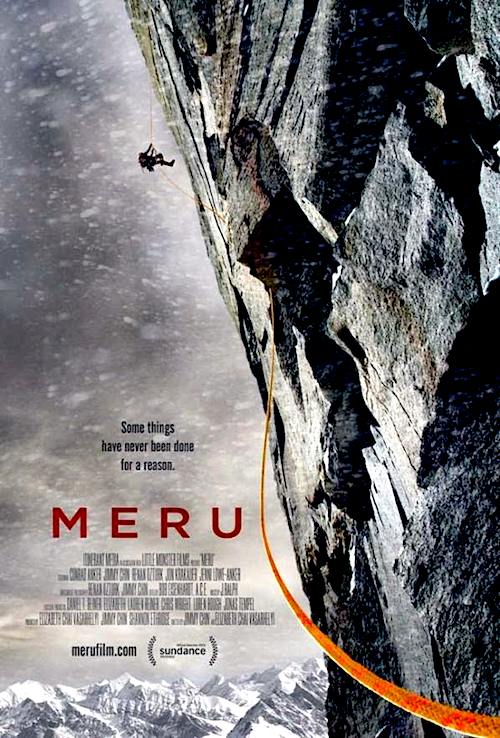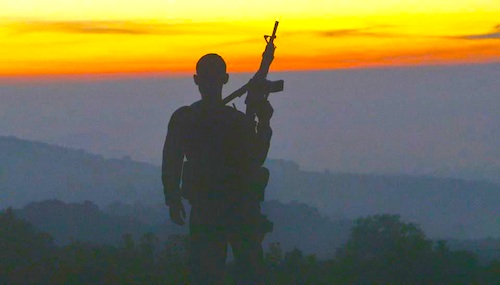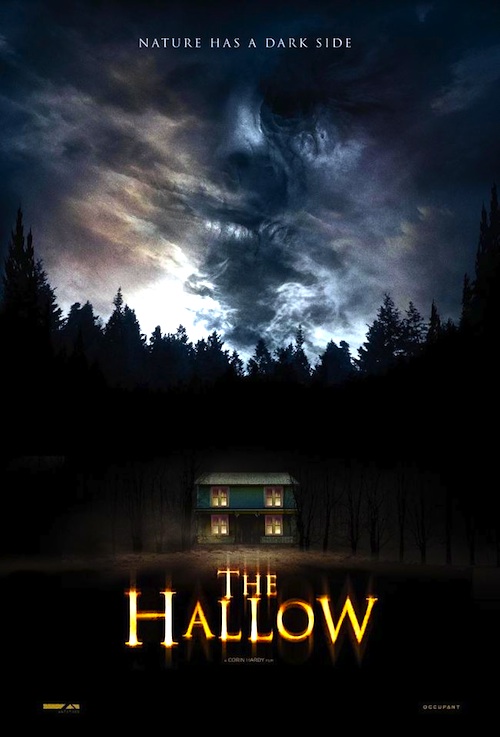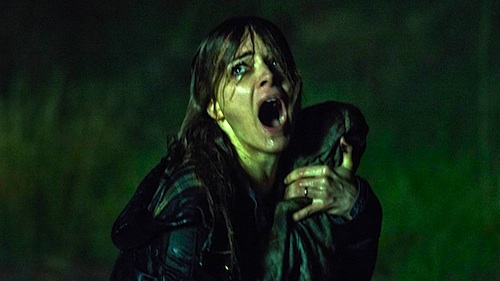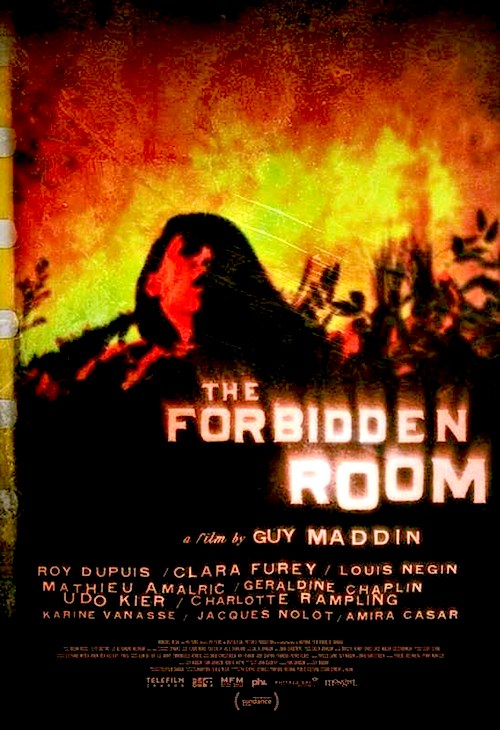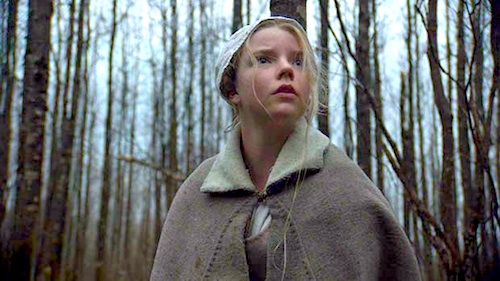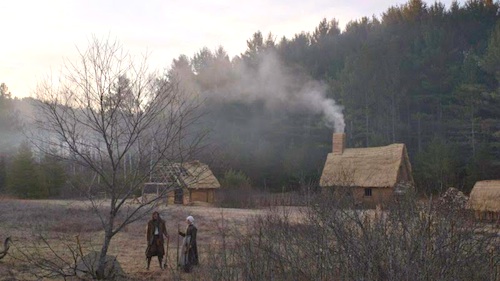By Joe Bendel. Let’s be honest, the notion of Marlon Brando talking to himself probably isn’t that shocking. You might not have guessed it was through self-hypnosis tapes, but that probably still feels like it fits. They happened to be part of a large collection of private Brando recordings preserved by his estate. With its blessing, director-editor Stevan Riley has shaped this archive into a ghostly first-person confessional narrative, “written by” and “starring” the famous actor. The Brando that emerges is exactly what we expect, yet deeper and surprisingly revealing throughout Riley’s Listen to Me Marlon, which screened during the 2015 Sundance Film Festival, in advance of its future Showtime debut.
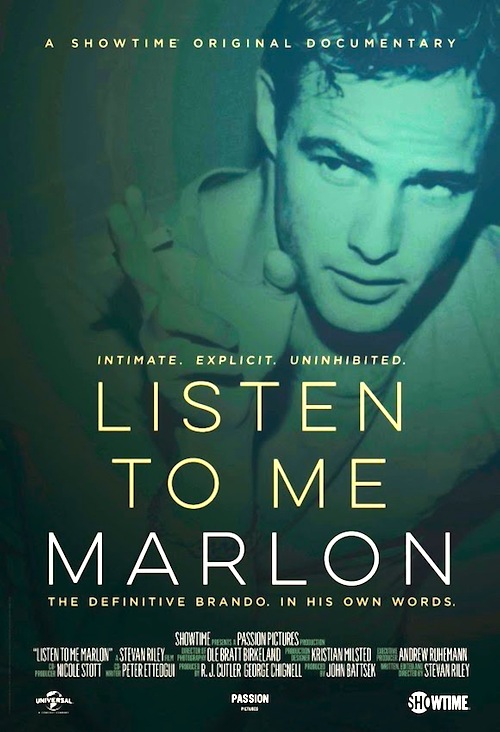 Through audio diaries and rarely seen interviews, Brando pretty much covers all his big career milestones (like Streetcar, Waterfront, Last Tango, and Godfather) as well as his more notorious misfires (Guys and Dolls, Mutiny on the Bounty, and Countess from Hong Kong). He also opens up regarding his troubled childhood and the profound influence of his acting teacher Stella Adler. Yet, as is often the case, some of the best sequences are relatively small moments, like his shameless flirting with a series of female interviewers during an early 1960s press junket.
Through audio diaries and rarely seen interviews, Brando pretty much covers all his big career milestones (like Streetcar, Waterfront, Last Tango, and Godfather) as well as his more notorious misfires (Guys and Dolls, Mutiny on the Bounty, and Countess from Hong Kong). He also opens up regarding his troubled childhood and the profound influence of his acting teacher Stella Adler. Yet, as is often the case, some of the best sequences are relatively small moments, like his shameless flirting with a series of female interviewers during an early 1960s press junket.
Yes, Brando loved Tahiti, which he speaks of with deep affection. In fact, Brando is quite eloquent on his private tapes. Clearly, he is not speaking with an audience in mind, because he definitely lets his public mask slip. He is often painfully honest in his assessment of his own character and rather dismissive of much of his own work. His curt appraisal of his Oscar winning turn in On the Waterfront will be especially vexing to some fans, but it contains a real nugget of wisdom when recommending giving the audience the space to create a performance themselves. (Don’t you wish Meryl Streep had given us more of that kind of space in Osage County?).
Riley’s only real misstep is the overuse of a disembodied head, generated from a laser scanning session Brando consented to. It sort of breaks the intimate mood, evoking a Max Headroom vibe instead. However, the archival news reports of tragic Brando family scandals feel shockingly honest and raw. We get a sense the Brando on television and the private Brando were essentially one and the same.
For those of us who grew up when Letterman was still funny, it is strange to realize how spot-on Chris Elliott’s impersonations on the Late Show really were. All those Brandoisms are true, but we can understand better where they came from. Listen is the rare bio-doc that might make more fans for its subject, because it allows Brando to humanize himself. Recommended for fans of 1960s and 1970s Hollywood, Listen to Me Marlon was a hot ticket at this year’s Sundance Film Festival that should soon find a wide audience on Showtime.
LFM GRADE: B+
Posted on February 1st, 2015 at 10:50am.
